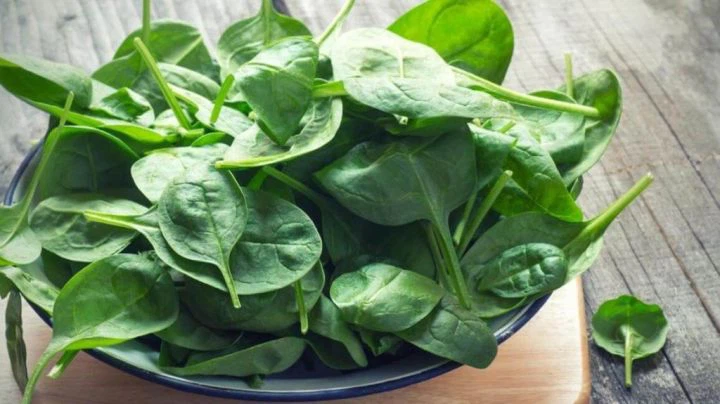
Aug 10, 2022 / Author: China Glutathione suppliers & NMN manufacturers
Natural skin aging is determined by genetics (DNA), and body disorders are the basis. With the increase of age, the expression of aging factors, the ability of DNA replication and transcription decreases, which leads to cell aging, and the macroscopic manifestation is human aging and skin aging. DNA replication can cause the shortening of telomeres on chromosomes, and reactive oxygen species can attack telomeres and accelerate the shortening, thereby accelerating cell aging and death. Free radical reactive oxygen species can also attack the human body's engine-mitochondria, leading to disorder of cellular energy metabolism; it can also reduce the body's immunity, etc., which in turn leads to metabolic disorder of the body.
Ultraviolet (UV) radiation is the cause of sun-induced aging. Active oxygen free radicals are the mediators of UV photoaging damage. There are a large number of natural UV chromophores in the skin. The chromophore molecules are excited after absorbing the energy of UV photons, and then undergo type I or type II photodynamic reactions with molecular oxygen in the skin, and under the participation of various enzymes and transition metal ions. Generate reactive oxygen species (ROS). Repeated UV irradiation can lead to large-scale deletion mutations in mitochondrial DNA of skin fibroblasts, resulting in the disorder of mitochondrial metabolism and the production of a large amount of ROS. In addition to the above damage caused by natural aging, photoaging also manifests as skin relaxation, roughness, atrophy, deepening and thickening of wrinkles, abnormal structure, irregular pigmentation, telangiectasia, dyskeratosis, abnormal proliferation and canceration, elasticity. Fiber accumulation increases and degeneration, etc., among which elastic tissue degeneration is a sign of skin photoaging damage.
Antioxidants
Anti-aging is the most important application of antioxidants, and antioxidants are the most effective form of action, and there are many related studies. Antioxidants, also known as free radical scavengers, refer to some chemical or biologically active organic compounds that provide electrons, inhibit oxidation, or absorb free radicals so that target substances are not attacked by free radicals, but are relatively stable themselves. substance. At present, antioxidants mainly used in cosmetics include vitamin E, coenzyme Q10, and enzyme antioxidants.
1.Vitamin E
Vitamin E is one of the essential vitamins for the human body and is fat-soluble. In the structure of vitamin E, the 6-hydroxy-chroman ring and a phytol branch together play an anti-free radical effect. When the vitamin E content in the skin decreases, the α-tocopherol and β-tocopherol secreted by the sebaceous glands will be transmitted to the surface of the skin through sebum as the first line of defense against external environmental pressure. Vitamin E has the functions of delaying aging, inhibiting sunburn erythema, reducing wrinkles, moisturizing and anti-inflammatory, and is a good active substance for preventing photoaging.

2.Coenzyme Q10
Coenzyme Q10, also known as ubiquinone (Ubiquinone), is a vitamin-like substance, which is a derivative of fat-soluble benzene. Coenzyme Q10 is an important coenzyme in the body. It is the only naturally occurring and renewable lipid-soluble antioxidant in the human body. It plays the role of proton transfer and electron transfer in the mitochondrial oxidative respiratory chain. Removes free radicals from the body and reduces oxidative stress while improving mitochondrial dysfunction. Coenzyme Q10 exerts an antioxidant effect through the transformation of the redox structure to produce the structure of hydroquinone, and blocks the subsequent oxidation reaction of lipid free radicals. Its effect is similar to that of VE in some parts of the organism. Treating facial skin with ubiquinone at a concentration of 0.3%, Hoppe U et al. observed a significant reduction in the depth of eye wrinkles.

3.Enzymatic Antioxidant
Enzyme antioxidants are mainly enzymes, and there are three common ones, namely superoxide dismutase (SOD), catalase (CAT) and glutathione peroxidase (GSH-Px). SOD can rapidly catalyze the disproportionation reaction of superoxide anion free radicals to generate water and oxygen. It is a natural scavenger of superoxide anion free radicals produced by the body's metabolism, and is known as the first line of defense of the organism's antioxidant system; CAT can rapidly decompose cells The toxic substance H2O2 produced in the process of metabolism removes the damage caused by free radicals to cells; GPx together with SOD and CAT constitute the body's antioxidant defense system. It catalyzes glutathione to make toxic H2O2 and lipid peroxides. It is reduced to non-toxic hydroxyl compounds, thereby protecting the structure and function of cell membranes from the damage and interference of peroxides. Among them, SOD is currently researched more deeply, and its use in cosmetics has been very mature. Now researchers are trying to add CAT to skin care varieties.
Supplier Introduction: China glutathione supplier and NMN manufacturer GSHworld, the company mainly develops biotechnology and industrialization. As a global pioneer in enzymatic catalytic ATP regeneration technology, our company advocates green production and is committed to providing customers with better and more environmentally friendly products and services. Glutathione Manufacturer,NMN Factory,Citicoline Sodium supplier,China NMN manufacturers
+86-755-23577295
+86 18718790084
Room 832, Building 12, Shenzhen Bay Science and Technology Ecological Park, Yuehai Street, Nanshan District, Shenzhen China